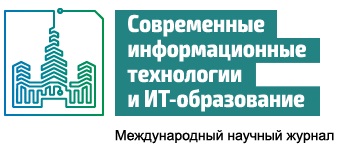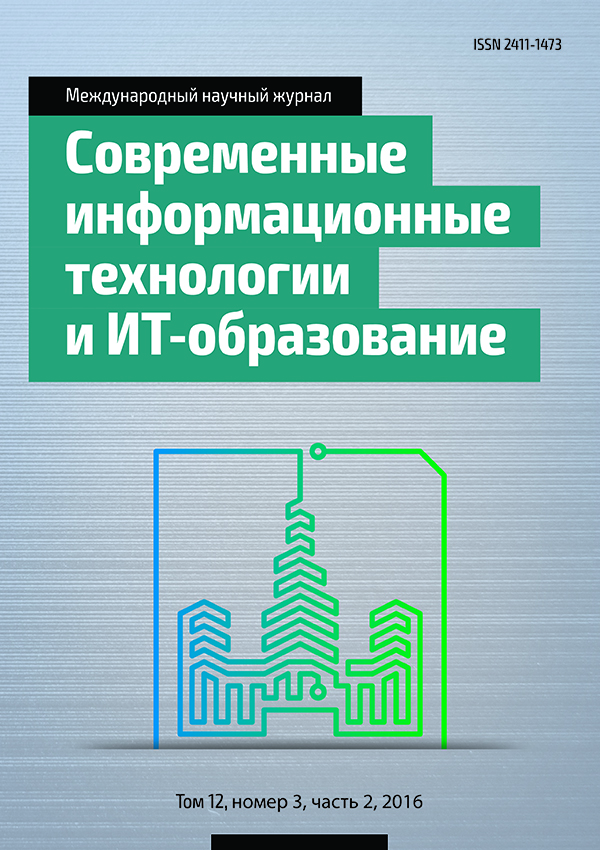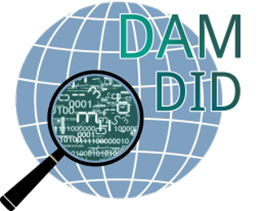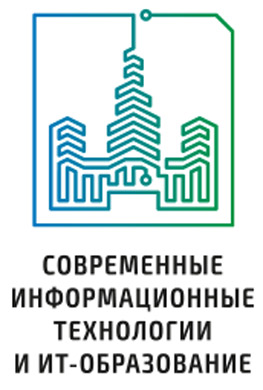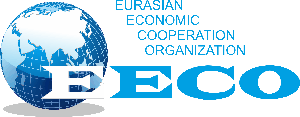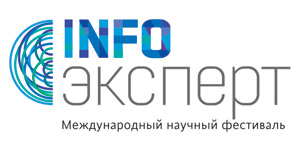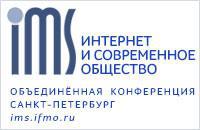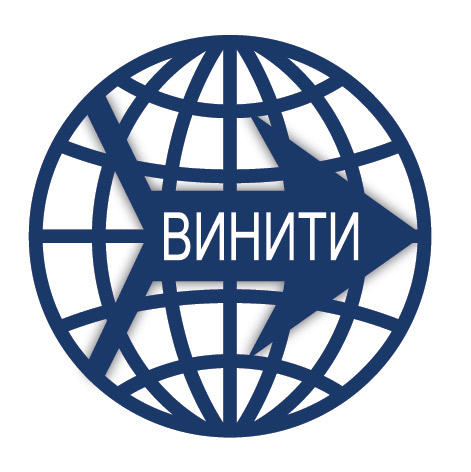ПРОГРАММНОЕ ОБЕСПЕЧЕНИЕ ДЛЯ РАСЧЁТА ГРАНУЛЯЦИОННЫХ УСТРОЙСТВ ВИХРЕВОГО ТИПА
Аннотация
Статья посвящена описанию возможностей оригинального программного обеспечения для расчёта гидродинамических условий и кинетических характеристик процесса гранулирования в многосекционных вихревых аппаратах для получения многослойных гранул и модификации гранул. В основу программных продуктов Vortex Granulator©, Classification in vortex flow© и Multistage Vortex Granulator© положена оригинальная математическая модель расчёта скорости газового потока и гранул, процессов классификации и сепарации гранул в вихревом грануляторе, кинетики прогрева гранулы и удаления влаги из гранулы. Программные продукты созданы на платформе JavaFx. Vortex Granulator©, Classification in vortex flow© и Multistage Vortex Granulator© позволяют проводить оптимизационный расчёт вихревого гранулятора по критерию минимально необходимого времени пребывания гранул в рабочем пространстве аппарата. В статье также представлены расчеты гидродинамических характеристик движения газового потока с применением программного продукта ANSYS CFX на основе авторской математической модели.
Литература
2. Artyukhov А.E., Fursa O.S., Moskalenko K.V. Investigation of the Gas Stream Motion in the Vortex Granulator // Int. J. Res. Innov. in Sc. and Tech. 2014. Vol. 1. P. 11-17.
3. Artyukhov A.E., Sklabinskyi V.I. Theoretical analysis of granules movement hydrodynamics in the vortex granulators of ammonium nitrate and carbamide production // Chem. Chem. Techn.. Vol. 9. No 2. P. 175-180.
4. Artyukhov A.E., Sklabinskyi V.I. Hydrodynamics of gas flow in small-sized vortex granulators in the production of nitrogen fertilizers // Chem. Chem. Techn. 2015. Vol. 9. No 3. P. 337-342.
5. Artyukhov А.E. Optimization of mass transfer separation elements of columnar equipment for natural gas preparation // Chem. Petrol. Eng. 2014. Vol. 49. Nos 11-12. P. 736-740.
6. Prokopov M.G., Levchenko D.A., Artyukhov А.E. Investigation of liquid-steam stream compressor // Appl. Mechan. Mater. 2014. Vol. 630. P. 109-116.
7. Artyukhov A.E., Fursa A.S., Moskalenko K.V. Classification and separation of granules in vortex granulators // Chem. Petrol. Eng. 2015. Vol. 51. Nos 5-6, P. 311-318.
8. Artyukhova N.A., Shandyba A.B., Artyukhov A.E. Energy efficiency assessment of multi-stage convective drying of concentrates and mineral raw materials // Nauk. Visnyk Nats. Hirnychoho Univ. 2014. Vol. 1. P. 92-98.
9. A.E. Artyukhov, A.A. Voznyi, Thermodynamics of the vortex granulator's workspace: the impact on the structure of porous ammonium nitrate // 6th International Crimean Conference Nanomaterials: Application & Properties (NAP-2016). 2016. Vol. 5 No 2. 02NEA01 (2016).
10. A.E. Artyukhov, Kinetics of heating and drying of porous ammonium nitrate granules in the vortex granulator // 6th International Crimean Conference Nanomaterials: Application & Properties (NAP-2016). 2016. Vol. 5 No 2. 02NEA02.
11. Artyukhov A.E., Sklabinskyi V.I. Experimental and industrial implementation of porous ammonium nitrate producing process in vortex granulators // Nauk. Visnyk Nats. Hirnychoho Univ. 2013. Vol. 6. P. 42-48.
12. Lipsanen T. Process analytical technology approach on fluid bed granulation and drying: identifying critical relationships and constructing the design space. – Helsinki: University Printing House, 2008. – 51 p.
13. Goldschmidt. M. Hydrodynamic Modelling of Fluidised Bed Spray Granulation. - Ph.D. thesis, University of Twente, 2001. – 304 p.
14. Litster J., Ennis B. The science and engineering of granulation processes / Springer-Science+Business Media, 2004. – 250 p.
15. Hede. P.D. Hydrodynamic modeling and granular dynamics. – Peter Dybdahl Hede & bookboon.com, 2013. – 44 p.
16. Artyukhov A.E. The prospects of granules getting with the specific properties in small-sized vortex devices // Act. Univ. Pont. Eux. 2011. Vol. III. P. 19-20.

Это произведение доступно по лицензии Creative Commons «Attribution» («Атрибуция») 4.0 Всемирная.
Редакционная политика журнала основывается на традиционных этических принципах российской научной периодики и строится с учетом этических норм работы редакторов и издателей, закрепленных в Кодексе поведения и руководящих принципах наилучшей практики для редактора журнала (Code of Conduct and Best Practice Guidelines for Journal Editors) и Кодексе поведения для издателя журнала (Code of Conduct for Journal Publishers), разработанных Комитетом по публикационной этике - Committee on Publication Ethics (COPE). В процессе издательской деятельности редколлегия журнала руководствуется международными правилами охраны авторского права, нормами действующего законодательства РФ, международными издательскими стандартами и обязательной ссылке на первоисточник.
Журнал позволяет авторам сохранять авторское право без ограничений. Журнал позволяет авторам сохранить права на публикацию без ограничений.
Издательская политика в области авторского права и архивирования определяются «зеленым цветом» в базе данных SHERPA/RoMEO.
Все статьи распространяются на условиях лицензии Creative Commons «Attribution» («Атрибуция») 4.0 Всемирная, которая позволяет другим использовать, распространять, дополнять эту работу с обязательной ссылкой на оригинальную работу и публикацию в этом журналe.
